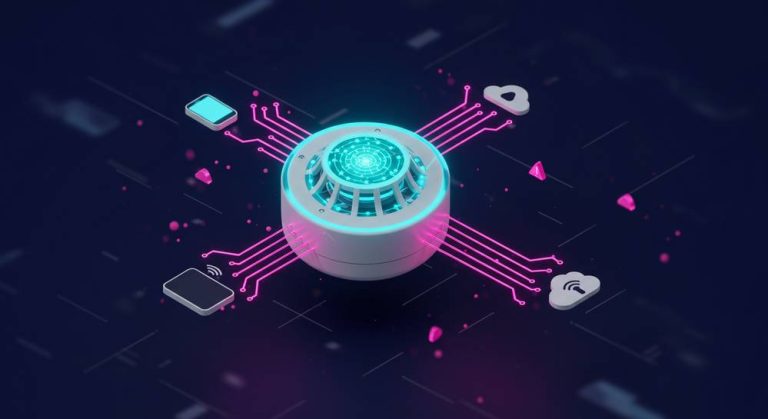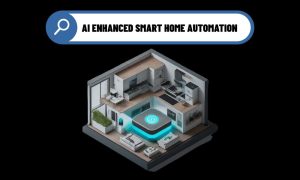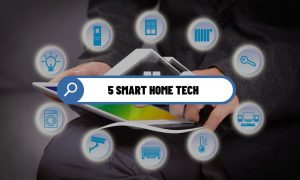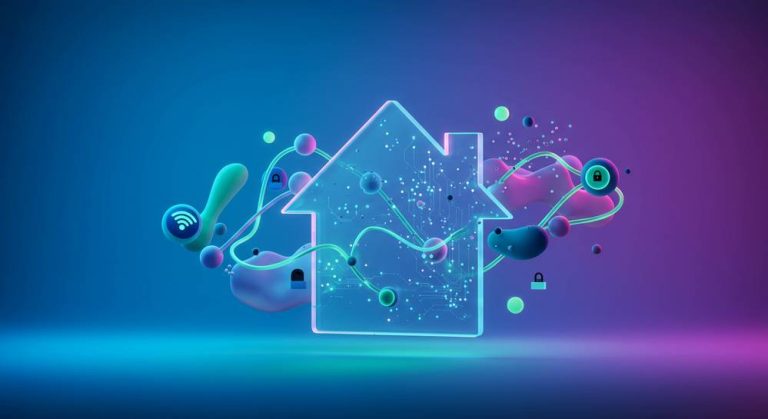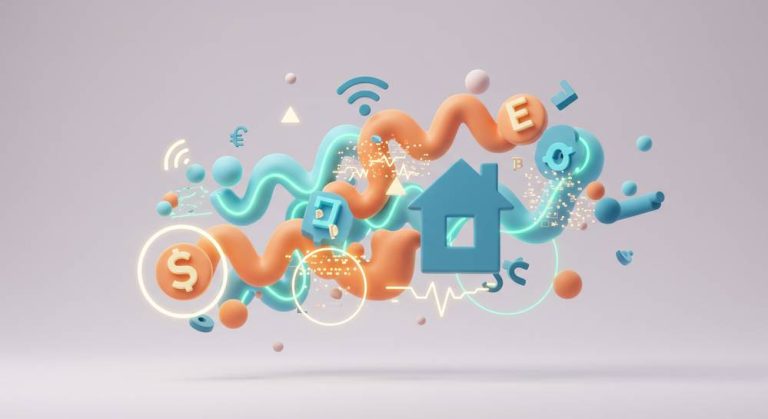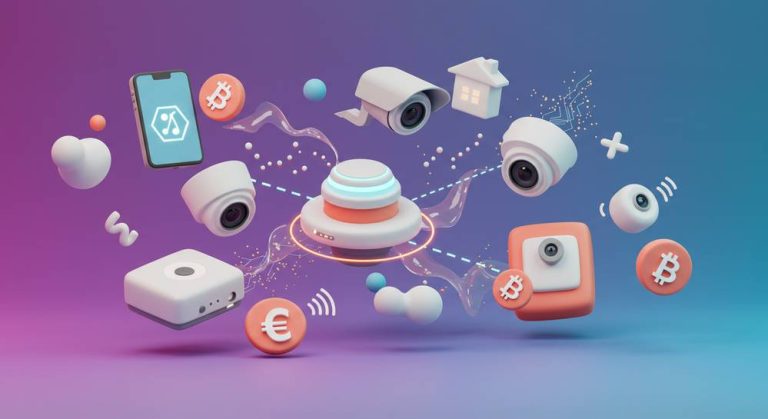The idea of a smart home has evolved far beyond automated lights and voice assistants. Today, the real transformation comes from what’s under the hood: the smart home AI model—a powerful learning engine capable of adapting, optimizing, and orchestrating an entire living environment around the habits, emotions, and values of its users.
This isn’t just about automation. It’s about cognition. The smart home is becoming context-aware, predictive, and sovereign, thanks to increasingly advanced AI models trained on real-world data and integrated with decentralized infrastructure.
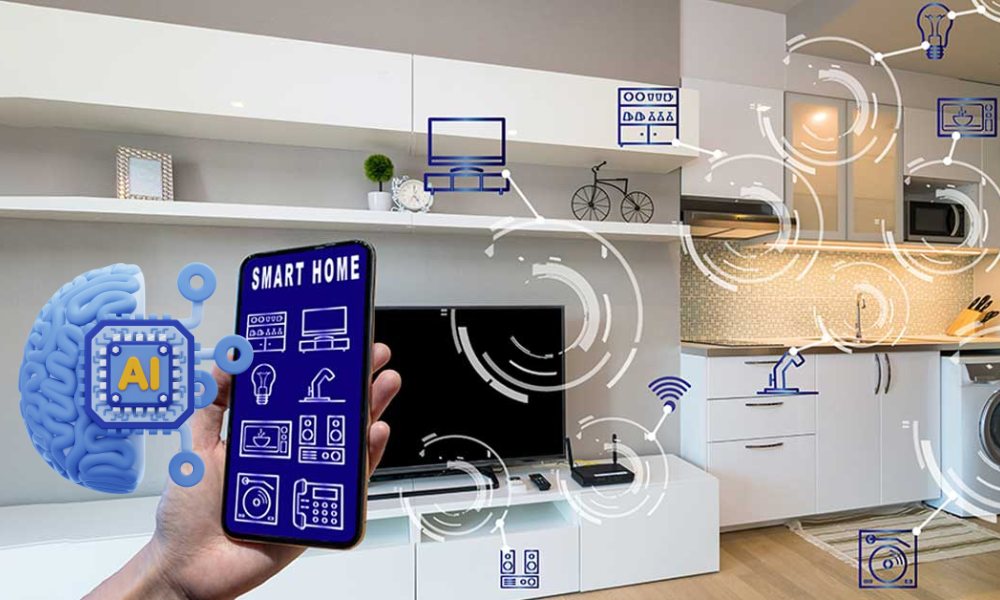
Smart Home AI Model
From Devices to Intelligence: What Makes an AI Model ‘Smart’?
At the center of every intelligent home system is a model—an algorithm trained to process inputs (from motion sensors, temperature readings, voice cues, etc.) and turn them into real-time decisions. But a truly smart home AI model does more than react.
It recognizes patterns across time, learns from subtle behavior shifts, and evolves with the household. It knows when you prefer warmer lighting, when you’re most productive, or when you need privacy. In effect, the home becomes an adaptive ecosystem—not just a command center.
Think of it like a neural network embedded into your living space: it doesn’t just execute commands, it collaborates with you.
Data Ownership: The Critical Missing Piece Until Now
Traditional smart home models operate on centralized data silos. Your behavioral patterns, voice recordings, even video footage from your cameras are stored and processed by third-party cloud providers—raising significant concerns around privacy, control, and surveillance.
In contrast, next-gen smart home AI models are being built on decentralized principles. Edge computing ensures data is processed locally. Blockchain-based identity frameworks allow users to define what gets shared—and with whom. Encryption protocols turn data into an asset, not a vulnerability.
This shift from surveillance to sovereignty is a defining leap. Your AI model still learns, but it learns on your terms.
Training the Model: Continuous Learning in a Dynamic Space
Unlike static algorithms, modern AI models within smart homes are constantly retraining based on environmental feedback. They adapt to seasonal changes, evolving schedules, and even emotional cues through voice tone analysis or biometric sensors.
Over time, this learning creates a seamless experience. Your home begins to anticipate needs instead of merely responding to commands. Wake-up routines adjust automatically. Security systems react based on real-time anomaly detection. Appliances optimize their energy consumption during blockchain-driven peak-load pricing windows.
Here, AI doesn’t just make the home smarter—it makes it economically intelligent.
Interoperability and Composability: Building a Modular Brain
A powerful AI model isn’t effective in isolation. It thrives when interconnected with a broad ecosystem of devices, protocols, and services. That’s where modularity comes in.
Leading smart home AI systems are built on open architectures—capable of integrating with IoT protocols, DePIN nodes, Web3 wallets, and even decentralized compute layers. This composability ensures that your home’s intelligence evolves alongside the broader tech stack you’re already invested in.
Whether you’re syncing with a DAO-managed utility network or authorizing NFT-gated access for guests, your smart home becomes a node in a much larger, intelligent grid.
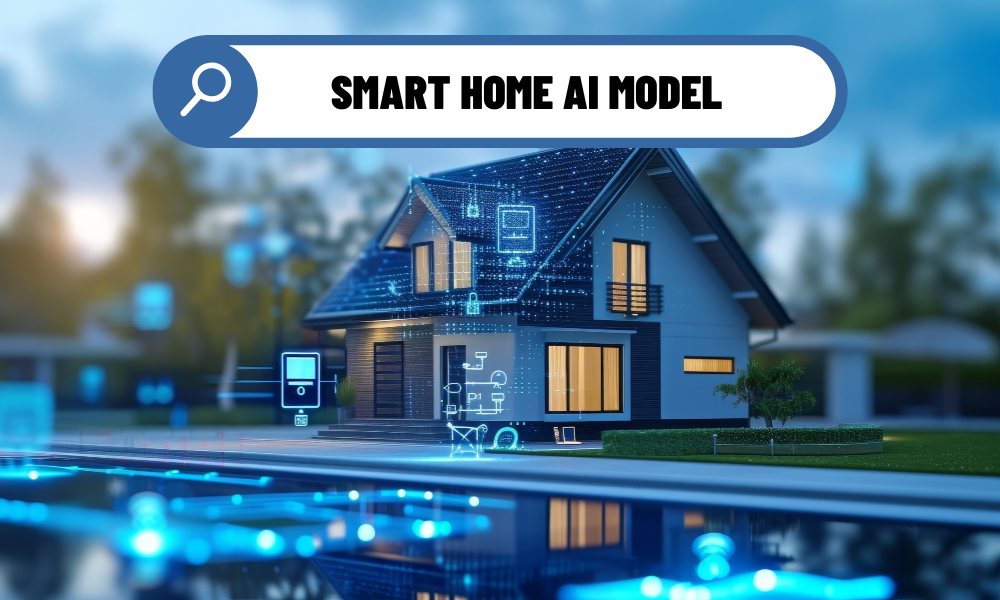
The Smart Home AI Model as a Digital Co-Pilot
The smart home AI model represents a paradigm shift: from passive automation to active collaboration. It transforms homes into responsive, sovereign environments that respect privacy while delivering personalized comfort, energy efficiency, and security.
As AI continues to evolve and merge with blockchain infrastructure, the home becomes more than a shelter—it becomes a co-pilot, optimizing your life in real time while ensuring your data, preferences, and decisions remain entirely your own.
The future of intelligent living isn’t just smart. It’s private, decentralized, and radically adaptive. And it’s already here.

